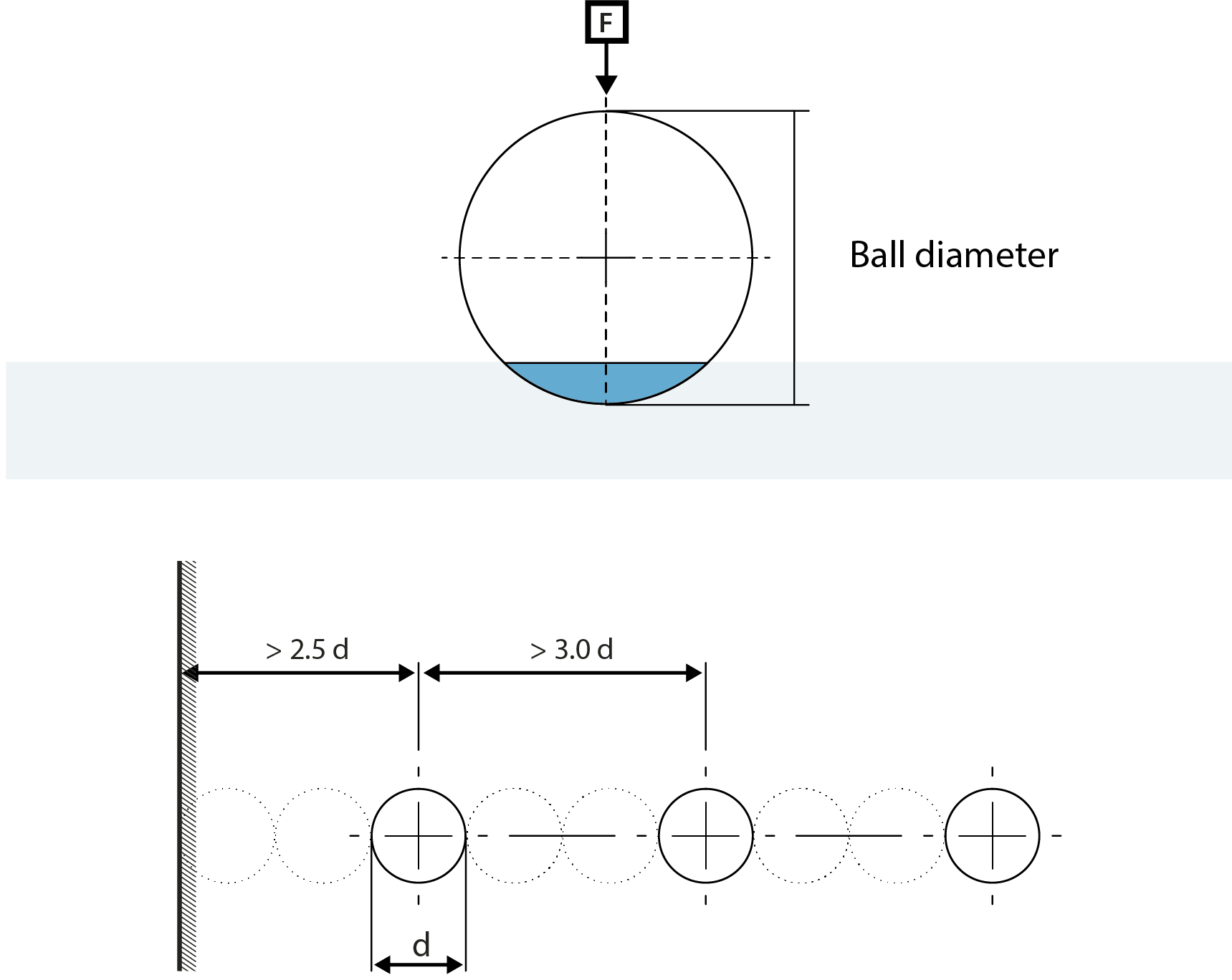

The Brinell hardness tester uses the oldest method of hardness testing commonly used today. It was invented in Sweden by Dr. Johan August Brinell in 1900. This test is often used to determine the hardness of castings and forgings whose grain structure is too coarse for accurate Rockwell or Vickers testing.
Brinell hardness test conditions have approximately 25 different load/ball combinations of testing. This allows almost all metals to be tested by way of Brinell test by simply varying the ball size and test force based on the sample’s dimension and design. In some cases, as long as the ball size to test force ratio remains constant, the results are considered accurate when changing between Brinell test conditions.
Results from the Brinell hardness tester are used extensively in industry as a basis of acceptance of commercial shipments, and for quality control purposes. These results may correlate with other metallic characteristics such as:
Our Brinell hardness testers are able to withstand the most harsh environments, if required with an air filtration system to protect the interior against dust.
The Brinell test can be simply explained as an indentation hardness test consisting of two basic steps.
Do you have any questions or would you like to receive more information about the Brinell hardness tester or other hardness testers, such as the Rockwell hardness tester, Vickers hardness tester or Knoop hardness tester? Please contact our specialists, they are happy to help you.
